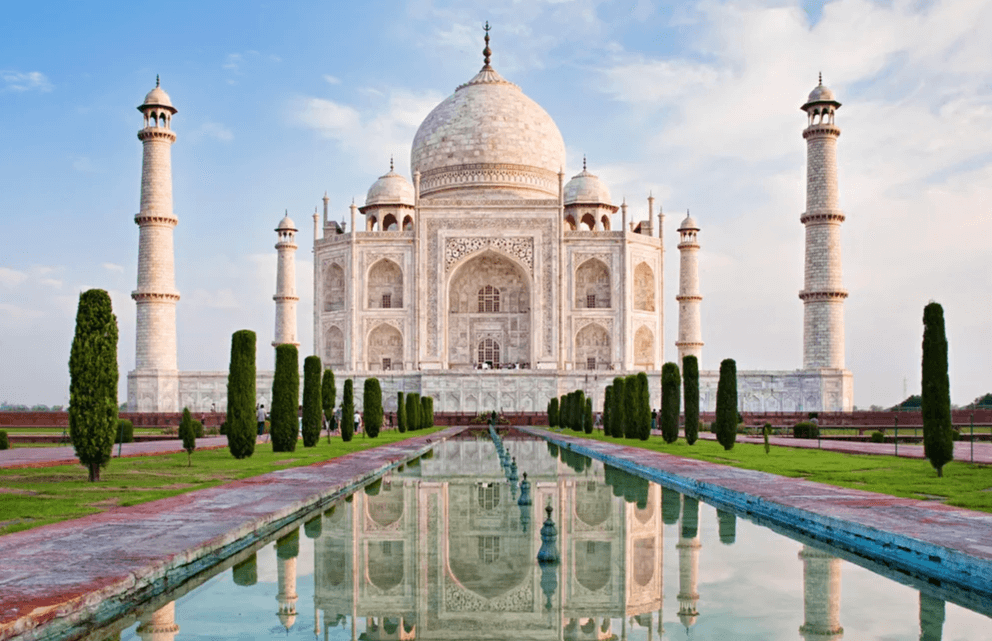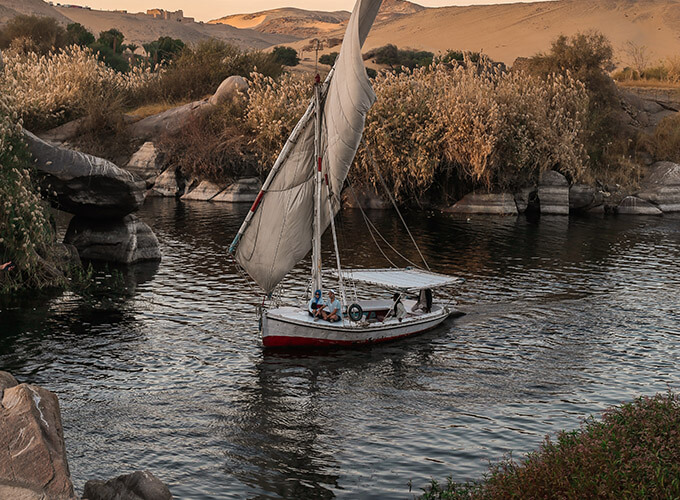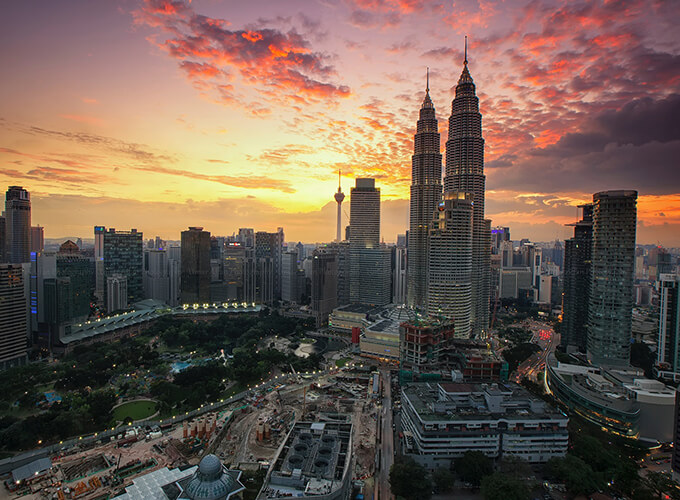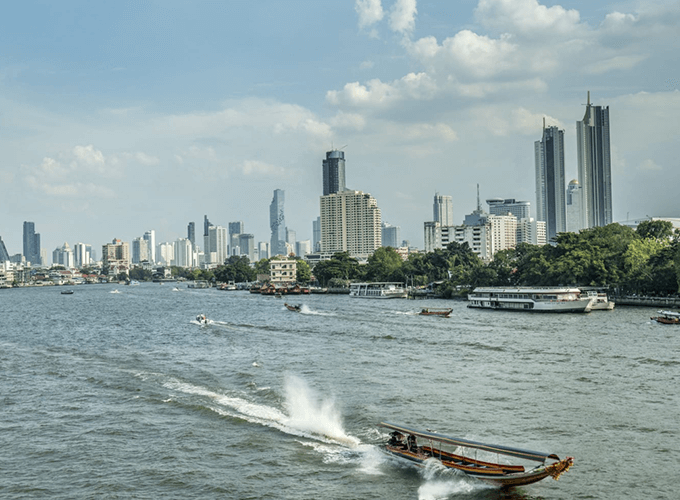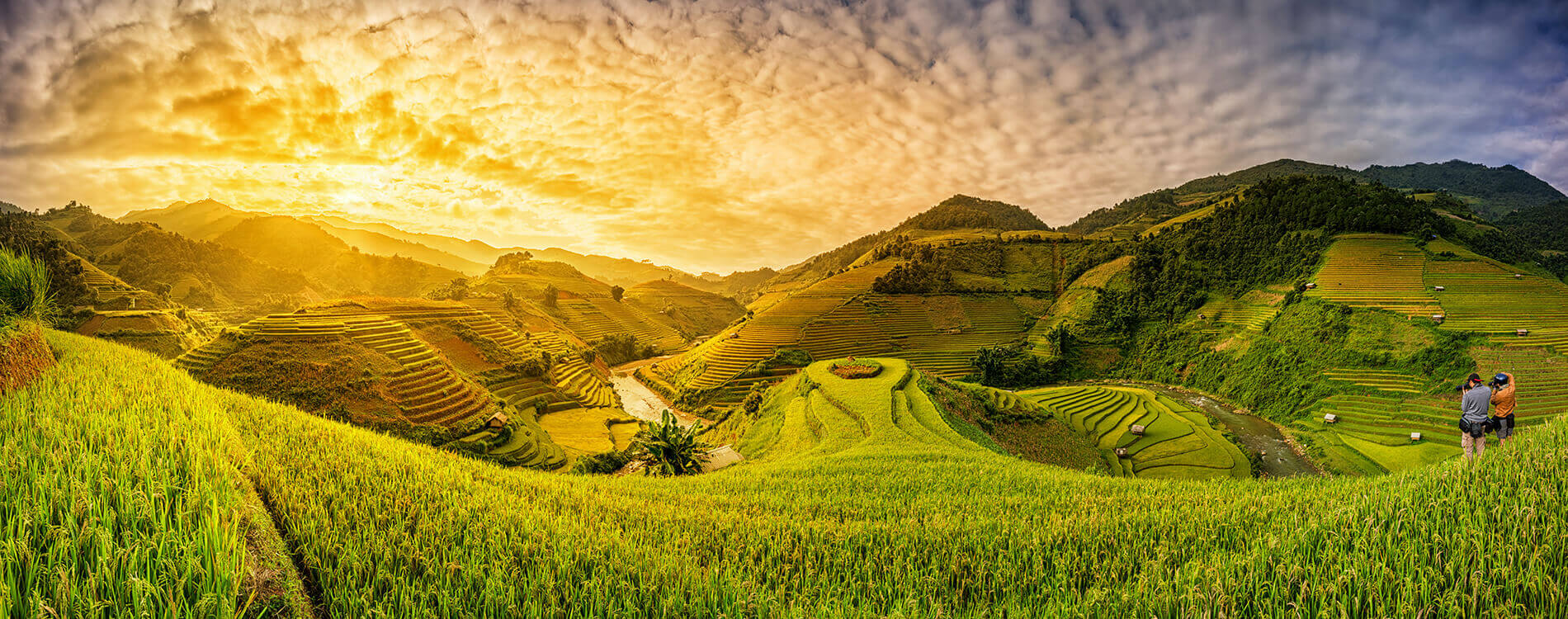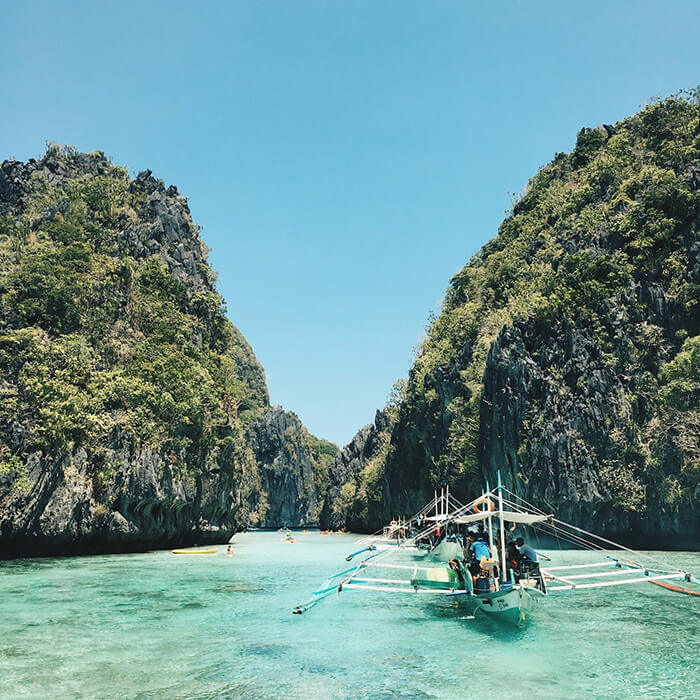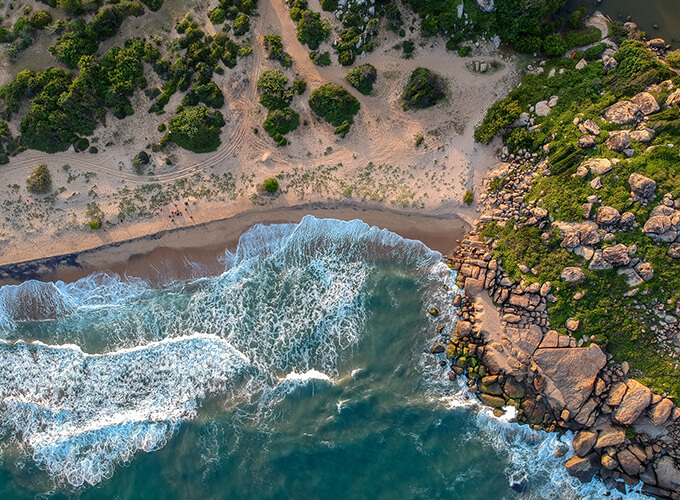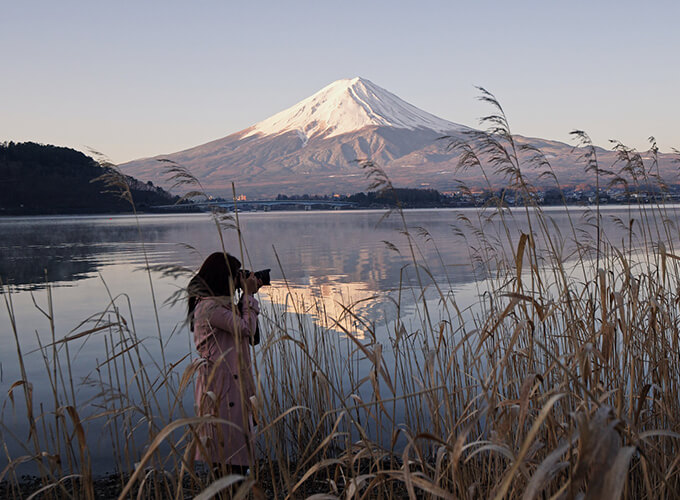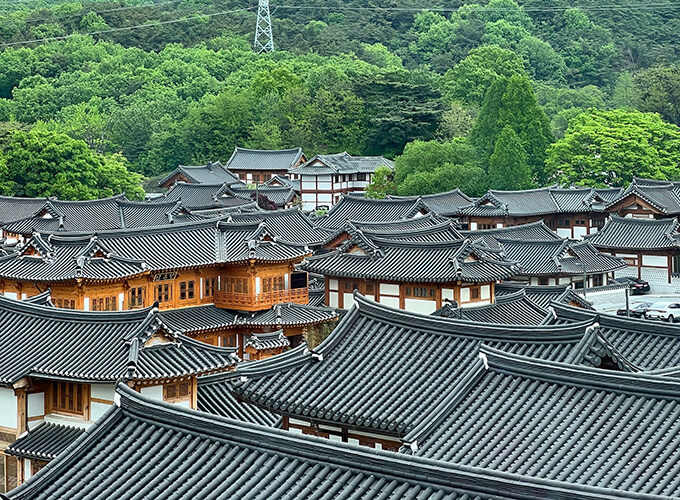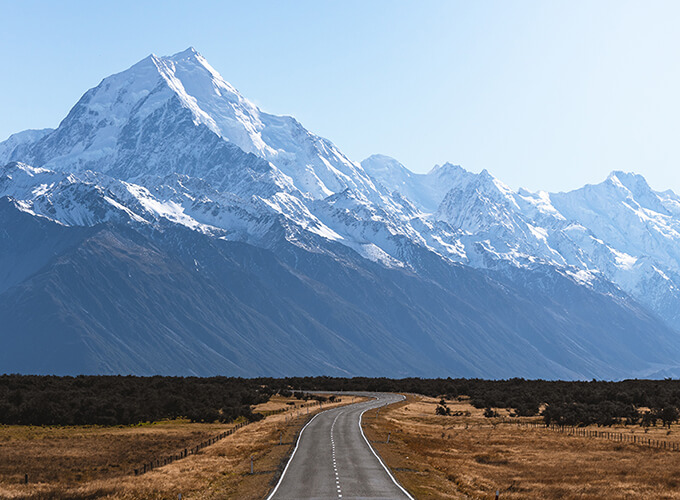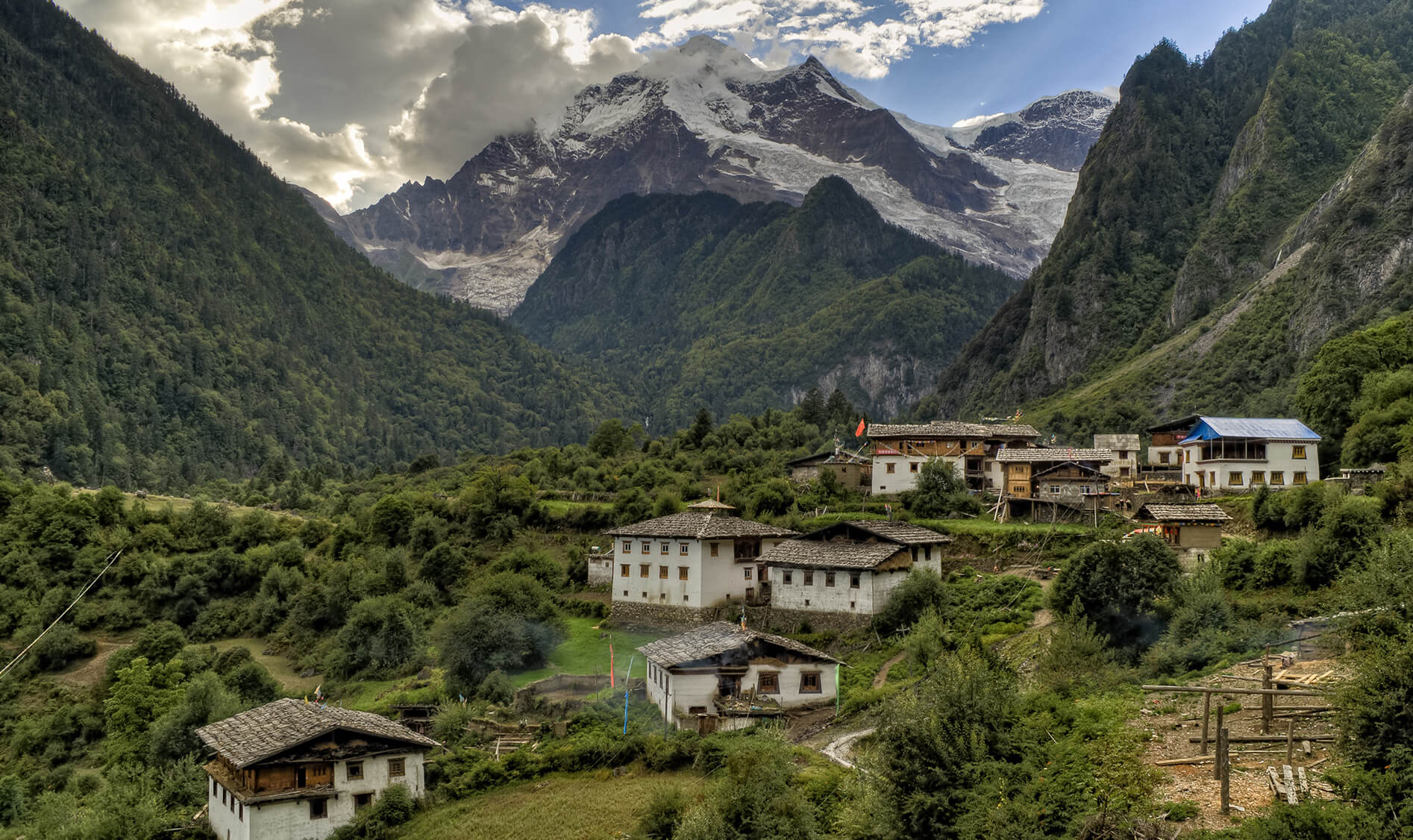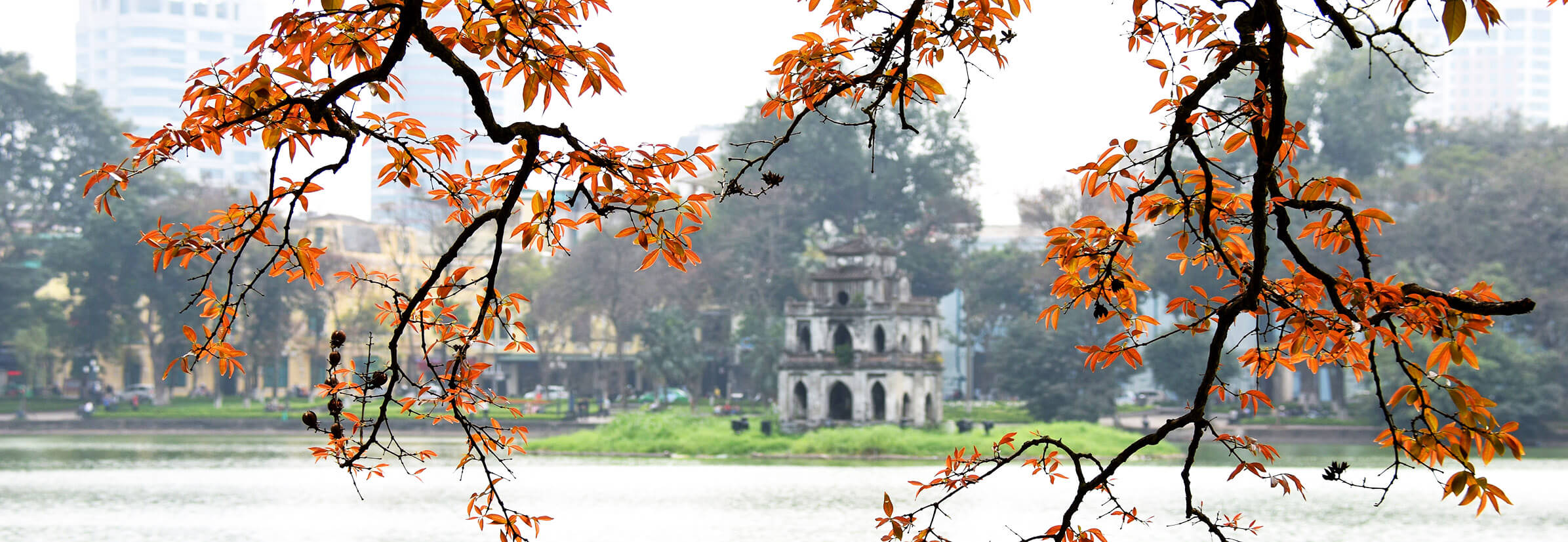As a former resident of Cambodia and a passionate explorer of Angkor Wat & the temples of Angkor, I've had the privilege of visiting this remarkable site numerous times. My experiences, documented in this Cambodia travel guide, have been extraordinary, and I wouldn't have it any other way.
The temples of Siem Reap, a province in northern Cambodia, are among the country's most significant historical attractions due to their long history (they were constructed them over 600 years ago, dating back to the 7th century).
They are eternally intriguing since no two temples are alike and because they are a UNESCO World Heritage Site.
People discovered them over 600 years ago, and although the number of tourists visiting the temples grows yearly, it is still possible to find solitude and see them as they would have looked back then. You may view them in various ways, depending on whether you go at night or during the day and whatever direction you come from.
In writing this travel guide, we aim to help you get acquainted with Angkor and its most important attractions.
Which temples of Angkor should you visit?
Angkor has three main attractions: Angkor Wat, Angkor Thom, and Ta Prohm. Guides can take you to explore numerous obscure temples along forest roads, and you can spend as many days as you have available.
Angkor Wat
 Angkor Wat
Angkor Wat
Its presence on the flag of Cambodia depicts how closely Angkor Wat has become associated with the country. Many consider this 12th-century temple to the Hindu god Vishnu, built by King Suryavarman II, the biggest in the world. Subsequent users of the temple used it as a foundation for more Buddhist iconography, and you'll see various motifs and carvings throughout the temple.
It's a huge building with a 3-kilometer moat around it. The large structure in the middle depicts Mount Meru, a holy mountain central to the Hindu conception of the afterlife.
 Monks at Angkor Wat
Monks at Angkor Wat
From up here, you can see the whole temple complex spread below you and take breathtaking views of the surrounding forest. As I fear heights, I recommend using the railing on your ascents and descents if you are as well.
Even though Angkor Wat is a famous tourist destination, you may still find peaceful spots to take a deep breath and think about your surroundings.
One of the tours I took included a sounding chamber. A moment like when you tap your chest and hear a beautiful reverberation all around you is as breathtaking as seeing Angkor Wat for the first time.
Best time of day to see Angkor Wat
My advice is to go early and miss the majority of the visitors, who arrive after breakfast. To see the fewest people, go at lunchtime, when the sun is hottest and everyone else is lunching. There is a caveat: the midday sun can make photographs of the temple look a little washed out.
Angkor Thom and the Bayon
 Bayon Temple
Bayon Temple
Angkor Thom is the second of the 'big three' temples you must see. Several distinct places, all in varied stages of decay, contain the remnants of this ancient walled city.
The 350-meter-long Terrace of Elephants, which depicts a major battle in Khmer history in stone, is a must-see. Ruler Jayavarman VII, widely considered the most powerful Khmer ruler, is supposed to have seen his victorious forces return to the city from this same platform.
The city revolves around the Bayon Temple. From a distance, everything seems chaotic, yet up close, the jumbled debris reveals itself to be 54 towers housing 216 beautiful, beaming faces.
King Suryavarman II commissioned the temple, and people say they used his image for the faces. People say he was an arrogant ruler, yet he was the one who broke away from Java's rule in the 9th century and established the modern Khmer Empire.
One of the highlights of our trip was riding scooters to the Bayon before sunrise. The massive but stunning stone features emerged from the darkness as day broke. It was peaceful, creepy, and stunning all at once. Also, the Bayon looks particularly stunning when the sun sets in the late afternoon.
Ta Prohm
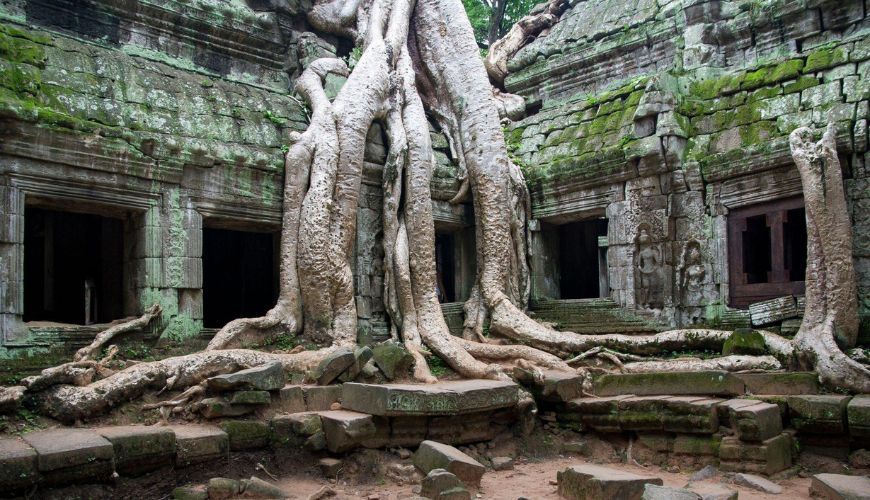 Ta Prohm temple, Cambodia
Ta Prohm temple, Cambodia
The third must-see temple, and my favorite, was unearthed in the early 19th century and preserved in its original state. The gigantic creeper fig trees are still there, weighing on the temple and holding it up simultaneously.
Ta Prohm at dawn
When you visit Ta Prohm at dawn, you will be the only person inside the temple.
The trip begins late at night with a ride into the bush. The next step is to travel out into the bush by torchlight while keeping an ear out for howler monkeys and parrots in the treetops.
The temple grounds will be here before you know it. The mist begins to lift, and the moss-covered pinnacles and courtyards of the temple become visible as the sun's rays pass through the canopy.
Best way to visit the temples of Angkor
 Terrace of the Leper King, Angkor Thom
Terrace of the Leper King, Angkor Thom
A day-long run can quickly cover the major temples. However, you'll need to set aside a few days to appreciate it.
Maximize the time you have by hiring a guide. A handbook must provide a different insight. Our guides are experts who know the ins and outs of each temple they take us to. They are also well-versed in the optimal sequence to observe things and the finest vantage points from which to do so.
You may rent bicycles at Siem Reap, the city at the temples' base, and pedal slowly between the temples and the town while your guide points out the sights.
You may also have your guide drive you about in a tuk-tuk if you'd rather not ride a horse while you sightsee.
How to get to Angkor Wat and the temples of Angkor
 Phimeanakas Temple in Angkor Thom
Phimeanakas Temple in Angkor Thom
Siem Reap has its international airport with links from the major centers in Southeast Asia; the main temples are a car ride away from the city.
Those already in Vietnam may take it easy on a seven-night cruise from Ho Chi Minh City along the Mekong River.
Driving from Phnom Penh, the capital takes around five to six hours to reach the Angkor temples.
Where to stay in Siem Reap
Siem Reap is home to an abundance of high-quality lodging options. Belmond La Residence d'Angkor comes highly recommended by me. There are just 40 rooms at this boutique hotel in a prime location, yet the service is impeccable every time.
Best time of year to visit the temples of Angkor
Usually, the ideal time to visit northern Cambodia is in November, after the rainy season has ended. Rivers and waterfalls are more impressive, temperatures are more bearable, and the flora is rich and colorful.
However, the temples are breathtaking all year round. When it's green, from May to October, that's when I prefer to go.
Mango rains (a slang name for pre-monsoon showers) begin in May and last through October. The rainiest month of the year is September. Few people will be around so you may have more of an intimate experience touring the temples on your own; remember to bring a poncho.
Places to eat near the temples of Angkor
 High angle view of meal served in plate on table
High angle view of meal served in plate on table
Try some delicious local food at one of the many vendors set up around the temples. You can have a healthy, freshly prepared meal for a little money.
Fish amok, a coconut stew with rich and aromatic fish, is my favorite local food.
I also recommend making a reservation at Cuisine Wat Damnak if you want to try a fusion of French and Cambodian cuisine. This peaceful eatery, housed in a restored Khmer home and garden, can be found outside Siem Reap's main tourist hub.
Remote temple experience
Preah Vihear was one of the most impressive temples I saw in Cambodia. About 140 kilometers up the mountains from Siem Reap is where you'll find this temple, perched on a cliff 500 meters high and looking out over the rice paddies of northern Cambodia and Thailand.
Territorial disagreements between Thailand and Cambodia have recently restricted access to Preah Vihear. I was fortunate enough to be able to visit just before it was closed to the public. My guide and I spent the night camping at the temple with a small group of local monks.
More adventurous tourists may now again visit this formerly off-limits temple in Cambodia.
 Buddhist monks at Preah Vihear
Buddhist monks at Preah Vihear
History of the temples of Angkor
The temples' construction started in the 7th century, reaching its pinnacle with the building of Angkor Wat in the 12th century.
The buildings vary from one another. The dominance of Buddhism led to a shift from simple brick architecture to more ornate temples.
When Jayavarman II proclaimed himself God King in the ninth century, the Khmer Empire was born. At its height, the empire's territory included Vietnam, Myanmar, and Malay.
Its capital city changed many times, with as many as five in the Siem Reap region alone.
Over 600 years, hundreds more temples and memorials to new God Kings appeared. However, when the builders finished Angkor Wat, clogged irrigation systems and a lack of food and water forced local stone workers to leave, leading to a halt in construction.
Large temples disappeared into the woods, only to be rediscovered centuries later.
Start planning your trip to Cambodia
Start thinking about your experience. These itineraries are simply suggestions for how you could enjoy some of the same experiences as our specialists. They’re just for inspiration, because your trip will be created around your particular tastes.




